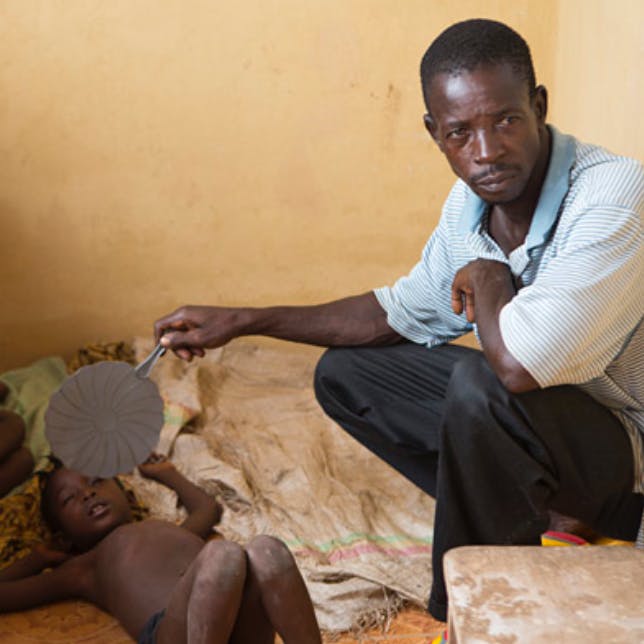- Ebola puts Liberia and Sierra Leone at high economic risk
Job losses and food insecurity are among the major socio-economic impacts of Ebola in Liberia and Sierra Leone, according to the results of two new World Bank Group surveys released this week. Additionally, the survey showed evidence of reduced use of health services for non-Ebola conditions in the Sierra Leonean capital, Freetown, with a much lower proportion of women reporting for post-natal clinic visits. These broader instabilities will need to be addressed in order to effectively plan recovery for the two countries. Read the full overview from the two reports here. - How the virus turned into an epidemic
This week, the World Health Organization issued a 14-part report on Ebola, from the moment it started until now. The very first human case of Ebola in this outbreak may have been due to deforestation in Guinea, which brought residents in closer contact with bats. Here are the main highlights from where it all began, to how it spread, and what needs to happen in 2015. Read the recap here. - Good news: Falling cases
The three countries hit hardest by the Ebola epidemic have recorded their lowest weekly number of new cases for months, according to the World Health Organization (WHO). In its assessment of response activities, the WHO said all three countries have the capacity to isolate and treat patients, but the uneven distribution of treatment beds in some areas means not all Ebola patients are isolated, a key step in curbing transmission. Several districts, especially in Guinea, are still located far from Ebola treatment centers. As of this week, there an estimated total of 21,373 reported, confirmed, probable, and suspected cases in the three affected countries and an estimated 8,468 deaths. Read the full situation summary here. - Ebola killed every mother in this Liberian town
One small town in Liberia has been so badly ravaged by Ebola that every single child has been left without his or her mother. “They got Ebola, and one by one…and literally the entire [population of] young women of that village were wipe out…” UNICEF estimates as many as 10,000 children have lost at least one parent to Ebola in Guinea, Sierra Leone and Liberia. Read the full story here.
- Pregnant women and newborns: The most at risk population
“When Fatmata Kabia walked into the Ebola isolation center, her chances of survival were almost zero… because she was pregnant.” A recent Washington Post article spotlighted the highly increased mortality rates of pregnant Ebola patients and newborns. In fact, pregnant women and their babies rarely survive the virus. To begin to combat the risk for women and children, the first treatment center specializing in care for pregnant women opened up. Read the full story here.
What’s coming up next week
- Davos: From January 21 to 24, over 2,500 of the world leaders from business, politics, academia, and the arts will gather in the mile-high alpine resort of Davos to address the world’s most pressing concerns. Ebola will take center stage so stay tuned for coverage next week.
- High-level Ebola meeting: On Sunday, January 25, the WHO executive board will hold a special session on Ebola. Documents for this session can be found here. The executive board will also consider the proposed program budget for the upcoming year, method of work of the governing bodies, and a draft financial strategy. Outcomes from the meeting will be released next week.

